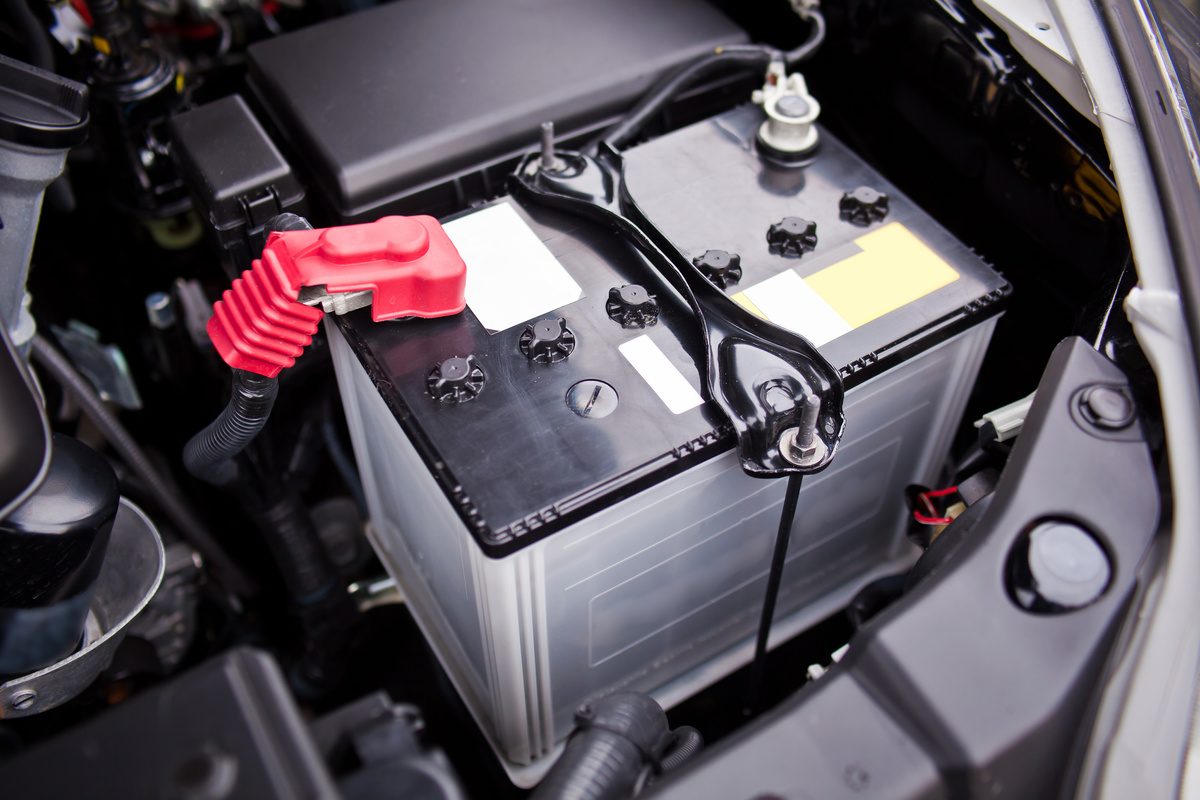Automotive batteries are crucial components of modern vehicles, providing the energy necessary to start the engine and power the electrical systems. Understanding how they work, the different types available, and how to maintain them can help drivers get the most out of their battery and avoid unnecessary replacements. In this article, we’ll explore everything you need to know about automotive batteries.
What is an Automotive Battery?
An automotive battery is a rechargeable energy storage device that supplies electrical power to start your vehicle and run accessories when the engine isn’t running. The most common type of automotive battery is the lead-acid battery, but advancements have led to the development of newer technologies like lithium-ion batteries.
Function of an Automotive Battery
- Starting the Engine: The primary function of a battery is to provide the necessary power to start the engine.
- Powering Accessories: While the engine is off, the battery also powers essential accessories like lights, radios, and climate control.
- Stabilizing Voltage: Automotive batteries help stabilize the voltage to ensure consistent power delivery to the electrical systems.
Types of Automotive Batteries
Not all automotive batteries are created equal. There are several types available, each with its benefits and ideal applications. Let’s take a look at the most common types of automotive batteries.
1. Lead-Acid Batteries
Lead-acid batteries are the most common type used in traditional combustion engine vehicles. These batteries are affordable and reliable but tend to have a shorter lifespan compared to newer technologies.
- Advantages: Affordable, widely available, proven technology.
- Disadvantages: Shorter lifespan, heavy, less efficient in extreme temperatures.
2. AGM (Absorbent Glass Mat) Batteries
AGM batteries are a type of sealed lead-acid battery designed to be more efficient and durable. The electrolyte is absorbed into glass mats, reducing the risk of spillage and improving performance.
- Advantages: Improved durability, more efficient, better for vehicles with high electrical demands.
- Disadvantages: More expensive than traditional lead-acid batteries.
3. Lithium-Ion Batteries
Lithium-ion batteries are becoming more common in electric vehicles (EVs) and some high-performance vehicles. They offer superior energy density, longer life, and faster charging times.
- Advantages: Longer lifespan, lighter, more efficient.
- Disadvantages: Expensive, requires specialized charging equipment.
4. Gel Batteries
Gel batteries are another type of sealed lead-acid battery that uses a gel electrolyte. They are often used in specialized applications, such as deep-cycle vehicles or marine vehicles.
- Advantages: Leak-proof, durable, excellent for deep-cycle use.
- Disadvantages: Higher cost, lower power output.
How to Maintain Your Automotive Battery
Proper battery maintenance can extend its life and improve performance. Here are some tips to keep your battery in optimal condition:
1. Regular Inspections
Check the battery for corrosion or leaks and ensure that the connections are tight. Clean the terminals with a mixture of baking soda and water to remove any corrosion.
2. Keep the Battery Clean and Dry
Moisture and dirt can create resistance and shorten battery life. Wipe the battery with a clean cloth to ensure it remains dry and free from debris.
3. Check Voltage and Charge Regularly
Regularly monitor the battery’s voltage and ensure that it’s properly charged. If your vehicle has trouble starting or the battery is more than 3-4 years old, it might be time for a replacement.
4. Avoid Short Trips
Frequent short trips do not give the battery enough time to fully charge. If possible, drive longer distances to ensure the alternator has time to recharge the battery.
Signs Your Automotive Battery Needs Replacing
Batteries don’t last forever. There are several warning signs that can indicate your battery is nearing the end of its life:
- Slow Engine Crank: If your engine cranks slowly when you try to start it, the battery may not have enough charge to start the vehicle.
- Dashboard Warning Lights: A battery or check engine light may indicate a problem with the battery.
- Swelling or Leaking: Physical damage to the battery, such as swelling or leakage, is a clear sign it needs to be replaced.
- Age: Most automotive batteries last between 3 to 5 years. If your battery is within this range and showing any signs of wear, it’s time for a new one.
How to Choose the Right Automotive Battery
Choosing the right battery for your vehicle is important for performance and longevity. Here’s how to make the right choice:
1. Consider Your Vehicle Type
The size and type of battery needed depend on your vehicle. High-performance vehicles or those with a large number of electrical systems may require AGM or lithium-ion batteries.
2. Check the Battery Size
Automotive batteries come in different sizes, and it’s essential to choose one that fits your vehicle. Your owner’s manual or the existing battery can help you determine the correct size.
3. Evaluate Battery Capacity
The battery’s cold cranking amps (CCA) measure its ability to start an engine in cold conditions. If you live in a colder climate, look for a battery with higher CCA.
4. Opt for a Reliable Brand
Not all automotive batteries are equal in quality. Choose a reputable brand known for reliability, like Optima, DieHard, or Interstate.
Conclusion: Keep Your Battery in Top Condition
Automotive batteries are vital for the proper functioning of your vehicle. Whether you’re looking for a traditional lead-acid battery or a high-performance lithium-ion battery, it’s essential to consider factors like your vehicle type, climate, and usage needs. Regular maintenance and inspections will help prolong your battery’s life, keeping your car running smoothly for years to come.
By understanding the types, maintenance tips, and how to choose the right one, you’ll ensure your automotive battery remains reliable and efficient throughout its lifespan.








